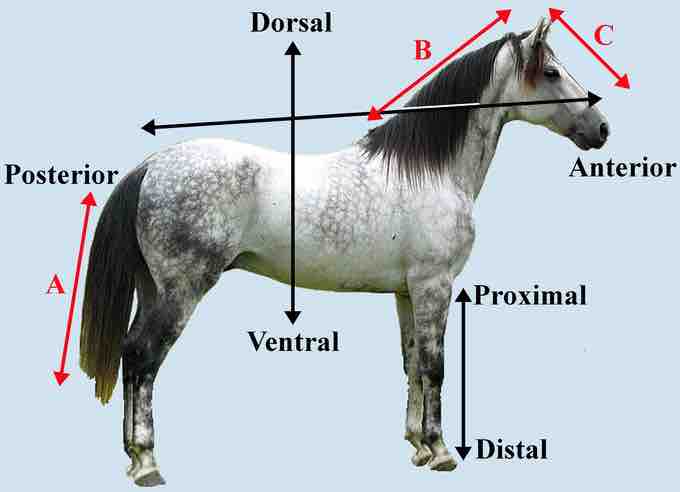Regional Terms in Anatomy
Regional terms describe anatomy by dividing the parts of the body into different regions that contain structures that are involved in similar functions. Two primary terms are used to describe the main regions of the body:
- The Axial Region makes up the main axis of the human body and includes the head, neck, chest, and trunk.
- The Appendicular Region makes up the parts of the human body that connect to the axial region. This includes the limbs and appendages.
These are the two basic categories of regional terms; however, many other terms are used to describe smaller regions within the axial and appendicular regions. For example, the brachial region consists of the arm as a part of the appendicular region, while the abdominal region consists of the abdomen as a smaller part of the axial region.
The abdominal region is subdivided into even smaller regions based on different functions of groups of organs and tissues in that region. If a person is experiencing pain in one part of the abdominal region, then the smaller regional divisions can help determine the organs involved in the problem to better treat symptoms.
Axes Describe Relative Positions
Another method for describing region An axis uses a straight line between two parts of the body to describe a region of the body with linear direction. For example, blood can be said to flow in a proximal or distal direction through a region marked by that axis. The X, Y, and Z axes of the Cartesian coordinate system are used describe the specific location of an axis in standard anatomical position.
Many types of axes can give regional direction. Any pair of corresponding directional terms can be combined to form an axis (such as proximal-distal for an appendage).
- The Dorsoventral axis (DV axis) is formed by the connection of the dorsal and ventral points of a region. The region between the belly (ventral) and back (dorsal) is often described by a DV axis.
- The Anterioposterior axis (AP axis) is the axis formed by the connection of the anterior (top) and posterior (bottom) ends of a region. The AP axis of a region is by definition perpendicular to the DV axis and vice-versa.
- The Left-to-right axis is the axis connecting the left and right hand sides of a region. It is used to describe the lateral sides of a region, which in humans are often symmetrical around the center of the body. It is perpendicular to both the DV and AP axes.

Different Directional AP Axes in Three Body Segments of a Horse
Axis (A) (in red) shows the AP axis of the tail, (B) shows the AP axis of the neck, and (C) shows the AP axis of the head.
Axes give more clarity and detail for describing the location of an anatomical region. They are commonly used in both zoology and human anatomy, and can be paired with body planes to give even more detail to anatomical direction, region, and location.